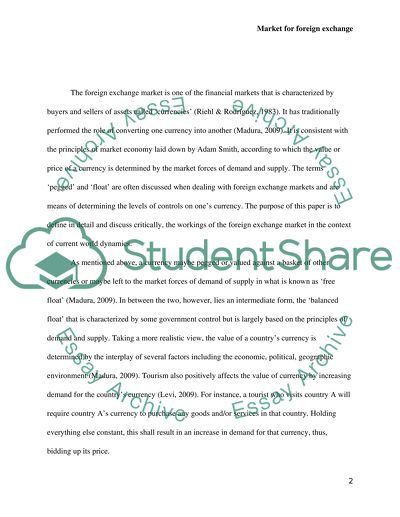Market for Foreign Exchange Essay Example | Topics and Well Written Essays - 750 words. Retrieved from https://studentshare.org/finance-accounting/1441756-give-a-full-definition-of-the-market-for-foreign
Market for Foreign Exchange Essay Example | Topics and Well Written Essays - 750 Words. https://studentshare.org/finance-accounting/1441756-give-a-full-definition-of-the-market-for-foreign.


